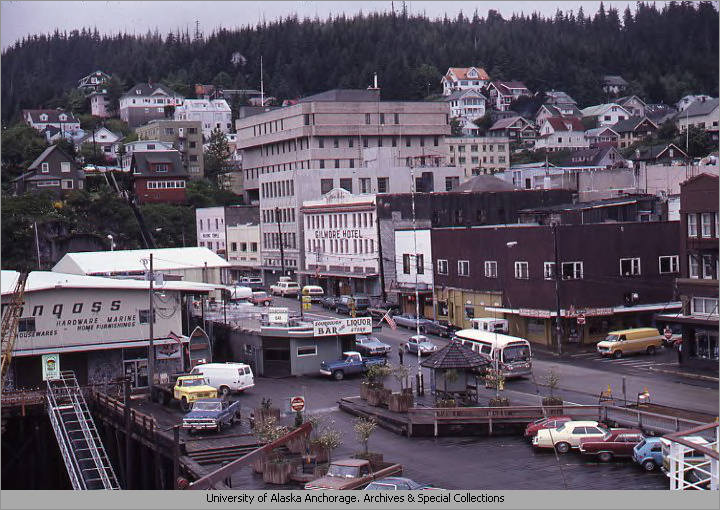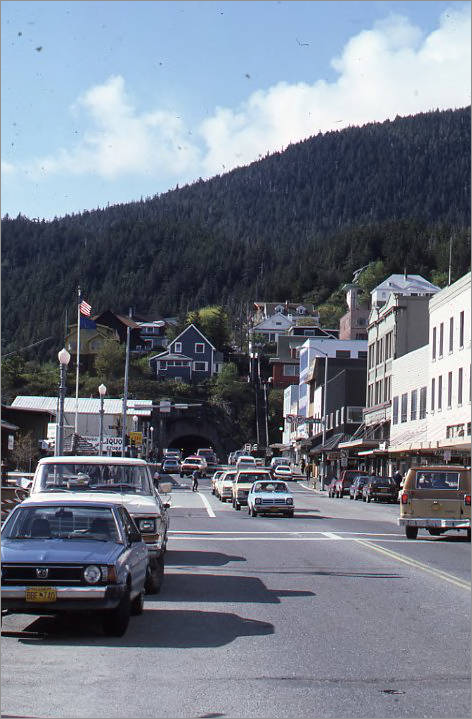On November 28th, 1986, as Judge Schulz was set to hear defense motions, Mary Anne Henry surprised him. She was sitting on a timebomb that pointed toward deep ethical violations. She slowly lit the fuse.

At A Stalemate
Asked to respond to the defense arguments, Henry sidestepped. “Your Honor,” she said, her voice charged with emotion, “I’m really not prepared to discuss that at this time, except for whether or not I will be filing one motion based on a matter that was brought to my attention three days ago, and I would like to briefly set forth the state’s position in that matter at this time.”
“Go ahead,” Schulz answered, unaware that trouble was brewing.

Serious Ethical Issues
“The matter was brought to my attention three days ago,” Henry stuttered, “that requires the state as part of its ethical responsibility to pursue, both factually and legally. And until that matter is resolved, it is the state’s position that no procedural or substantive issues can be resolved by this court in this case. Your Honor, I refuse to compromise the state’s position and I refuse to compromise my professional integrity. I cannot participate ethically in this proceeding any longer until those matters are resolved. If a motion needs to be filed on those matters, I will file it in two weeks.”
“You are talking about the matter that was brought to your attention three days ago?” Schulz asked.
“Yes, Henry replied.
Before she left the courtroom, Henry suggested that the issue was extremely serious. Serious enough that neither Schulz nor Weidner might be able to participate in John Peel’s second trial. She refused to meet in chambers with Phillip Weidner to discuss the matter further.

Romance On The Sly
The mystery issue, Schulz was soon to find out, was that Phillip Weidner was romantically linked with Cammy Oechsli, the judge’s law clerk or, more accurately, his former law clerk. Word on the street was that they were lovers. That in itself posed troubling ethical questions. To complicate matters, Oechsli had only recently left her position as Schulz’s clerk. Even worse, the job she took on September 1, 1986, was with the Ketchikan Public Defender’s office — the same office that represented John Peel.

While no evidence emerged that Oechsli had ever shared Judge Schulz’ innermost thoughts with her erstwhile lover, the implications were damning enough. Indeed, some of Weidner’s fellow lawyers were convinced he had seduced Oechsli for that very reason. Among them were Mary Anne Henry, who was convinced that Cammy Oechsli had delivered Judge Schulz’s every thought and attitude about the case.
That was an ethical violation of explosive proportions. And, while Judge Schulz vehemently denied the possibility, he superiors knew he was compromised. They would kick him off the case, move it to Juneau and assign a new judge.
For Schulz, it was the trifecta he’d rather forget.
Excerpts from the unpublished original manuscript, “Sailor Take Warning,” by Leland E. Hale. That manuscript, started in 1992 and based on court records from the Alaska State Archive, served as the basis for “What Happened in Craig.”
Copyright Leland E. Hale (2020). All rights reserved.

Order “What Happened In Craig,” HERE and HERE. True crime from Epicenter Press.